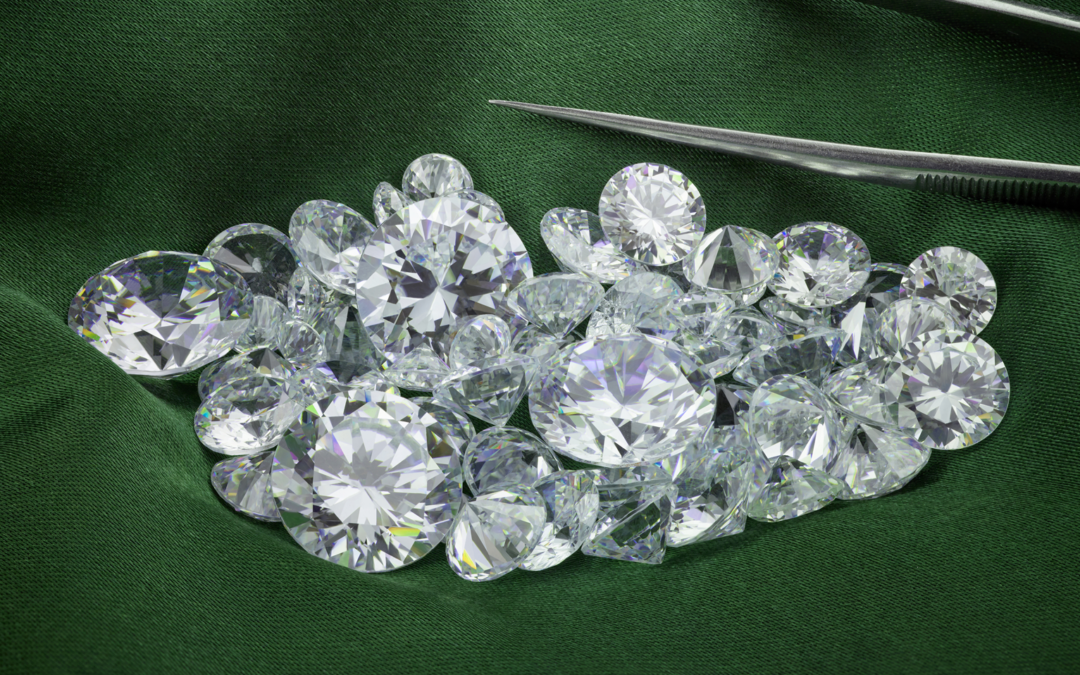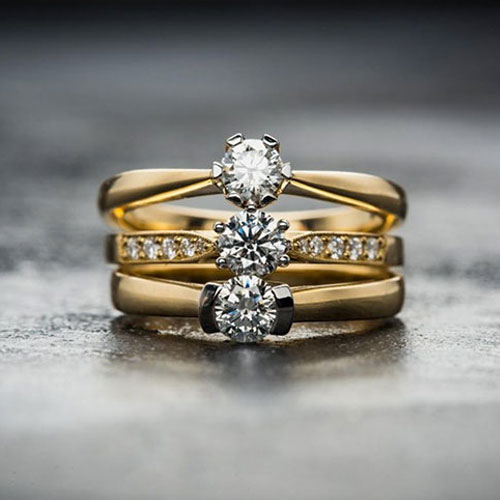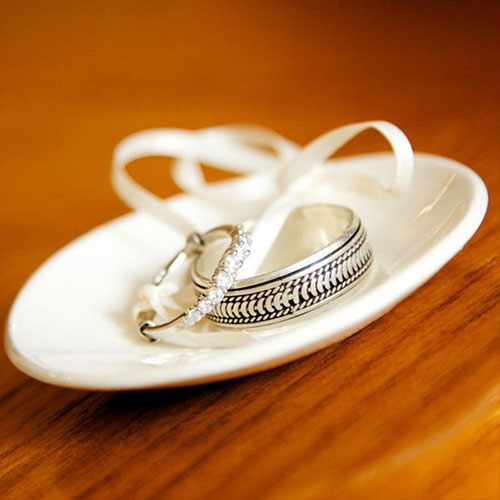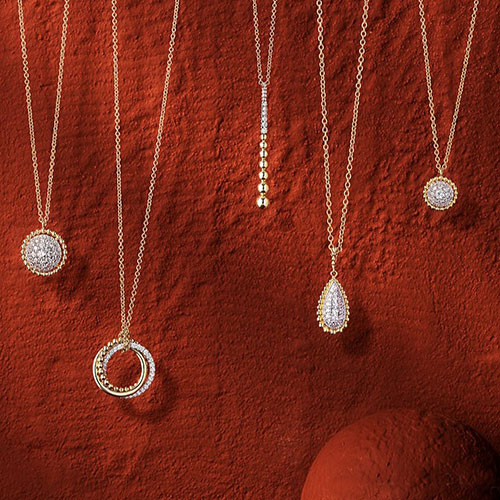The allure of diamonds is undeniable. Their radiant sparkle has fascinated us for centuries, becoming synonymous with luxury, beauty, and everlasting love. However, our perception of diamonds has evolved significantly over time. The emergence of lab-grown diamonds is a testament to this evolution, a perfect blend of technology and tradition.
Lab-grown diamonds are becoming increasingly popular due to their ethical production, ecological consciousness, and affordability. They exhibit the same physical, chemical, and optical characteristics as natural diamonds. Still, they are grown in a controlled lab environment using either High-Pressure High-Temperature (HPHT) or Chemical Vapor Deposition (CVD) techniques.
High-Pressure High-Temperature (HPHT) Diamonds
HPHT stands for High Pressure, High Temperature. It’s a method that mimics the natural formation of diamonds in the earth’s mantle.
In this process, a tiny diamond seed is placed in a chamber with a carbon source, such as graphite. The chamber is then subjected to very high pressure (about 60,000 atmospheres) and high temperature (about 1,500°C). Under these conditions, the carbon atoms from the source material attach to the diamond seed and form a larger crystal. The process can take from a few hours to several days, depending on the desired size and quality of the diamond.
HPHT diamonds can have different colors depending on the chamber’s type and amount of impurities. For example, nitrogen impurities can create yellow or brown diamonds, while boron impurities can create blue diamonds. Some HPHT diamonds are colorless or near-colorless but usually have a slight yellow or brown tint. Some HPHT diamonds undergo additional treatments, such as irradiation or annealing, to improve their color.
HPHT diamonds have a cuboctahedron shape with 14 growth directions. This shape can affect the cut and symmetry of the diamond. HPHT diamonds also have distinctive growth patterns and inclusions that trained gemologists, or specialized instruments can detect.
There are three types of HPHT methods: the belt press, the cubic press, and the bar press. Each employs a slightly different technique to create high-pressure and high-temperature conditions.
Chemical Vapor Deposition (CVD) Diamonds
CVD stands for Chemical Vapor Deposition. Introduced in the 1980s, CVD is a relatively newer method of growing diamonds. The process begins by placing a diamond ‘seed’ in a sealed chamber. This chamber is then filled with a carbon-rich gas (usually methane) and heated to approximately 800°C. The gas is ionized into plasma using microwave technology, causing the carbon atoms to separate and fall onto the diamond seed, where they slowly crystallize to form a diamond. The process is repeated until the desired thickness and quality of the diamond are achieved.
CVD diamonds are usually brownish due to extended defects in their structure. Some CVD diamonds undergo post-growth treatments to remove or reduce these defects, such as high-pressure high-temperature (HPHT) annealing or low-pressure high-temperature (LPHT) annealing.
CVD diamonds have a cubic shape with one growth direction. This shape can result in better cut and symmetry than HPHT diamonds. CVD diamonds also have different growth patterns and impurities than HPHT diamonds, which trained gemologists or specialized instruments can identify.
One of the main advantages of the CVD process is the ability to grow colorless diamonds that are structurally similar to the best natural diamonds. Furthermore, CVD diamonds can be grown over larger areas, which is ideal for producing larger diamonds or a series of smaller ones. The CVD process also allows for more control over the diamond’s growth, which can result in better-quality stones.
HPHT vs. CVD: The Key Differences
While both methods produce lab-grown diamonds chemically and physically equivalent to mined diamonds, their color, size, and inclusions are key differences between HPHT and CVD diamonds.
Color
Due to nitrogen impurities, HPHT diamonds tend to have a yellowish or brownish hue.
In contrast, CVD diamonds can be produced in a wider range of colors, including colorless, making them comparable to high-quality natural diamonds.
Size
HPHT diamonds often result in larger stones due to their more defined crystal structure at the start of the process.
On the other hand, CVD diamonds can be grown over larger areas, ideal for producing larger diamonds or several smaller ones.
Inclusions
Diamonds grown by HPHT often contain metallic inclusions due to the catalysts used in the growth process. These are visible under a microscope but typically not to the naked eye. CVD diamonds, in contrast, are more likely to contain inclusions that look like white or clear crystals.
HPHT and CVD diamonds have different advantages and disadvantages depending on their characteristics and preferences. Here are some factors to consider when comparing them:
|
Factor |
HPHT |
CVD |
|
Color |
Can have various colors from colorless to blue |
Usually brownish unless treated |
|
Clarity |
Can have various clarity grades from flawless to included |
Usually have high clarity grades due to fewer inclusions |
|
Cut |
Can have lower cut quality due to shape limitations |
Can have higher cut quality due to shape advantages |
|
Price |
Can be more expensive due to higher production costs |
Can be cheaper due to lower production cost |
|
Availability |
Can be less available due to lower production volume |
Can be more available due to higher production volume |
HPHT and CVD diamonds have unique pros and cons, but ultimately, they offer ethical and sustainable alternatives to mined diamonds. When choosing between HPHT and CVD diamonds, consider your needs, preferences, and budget. Remember, lab-grown diamonds are real diamonds; regardless of the method, they will still bring the same brilliance, fire, and sparkle.
Contact us today if you’d like to learn more about lab-grown diamonds or our brilliant collection.

HOURS
Sunday 12:00pm - 5:00pm
Monday - Saturday 10:00am - 5:00pm







Recent Comments